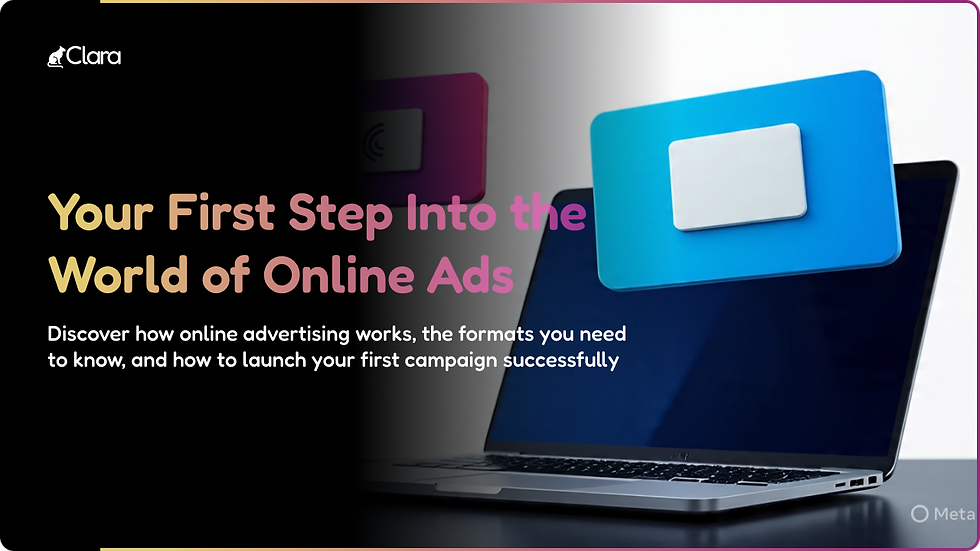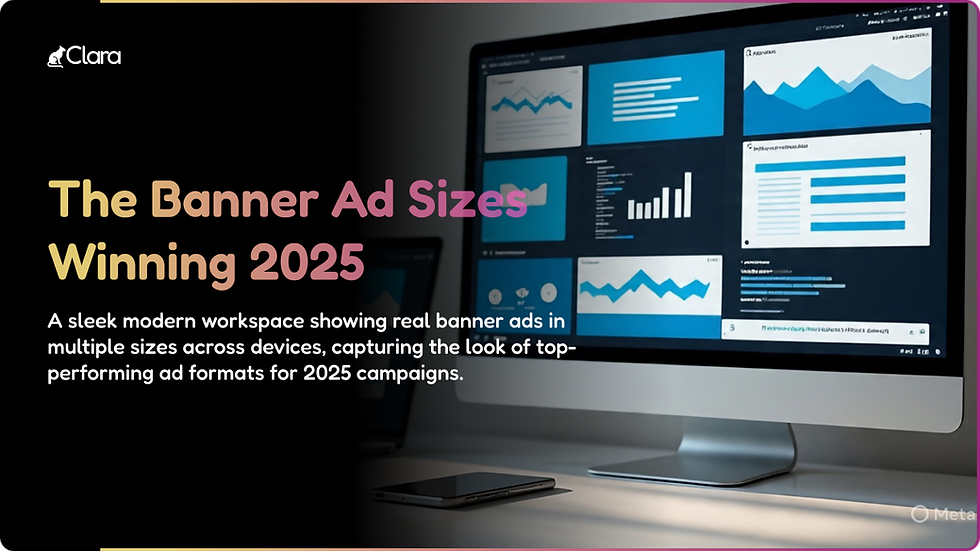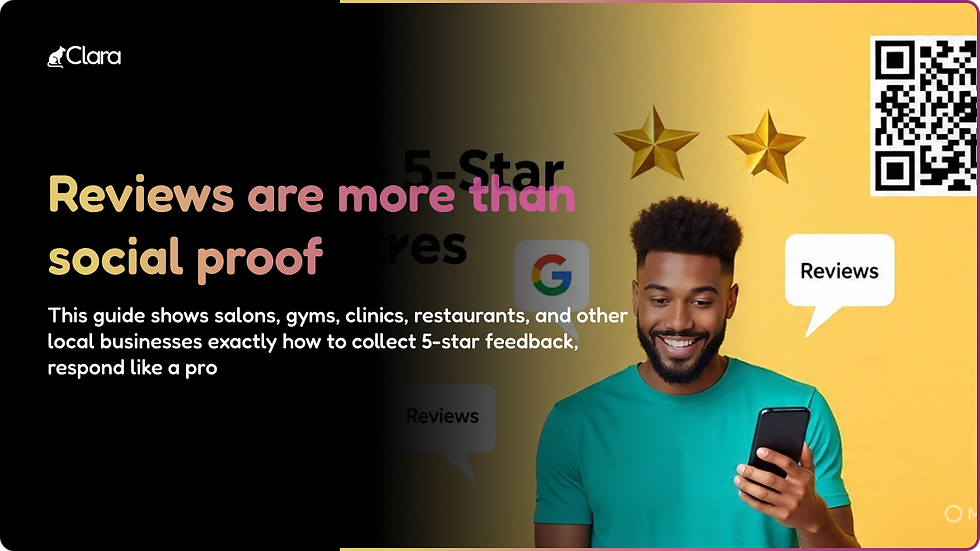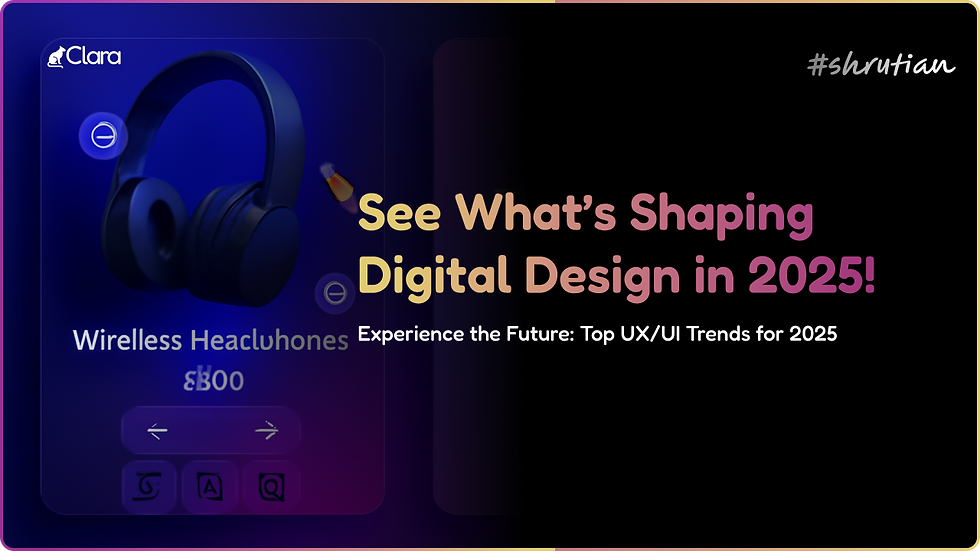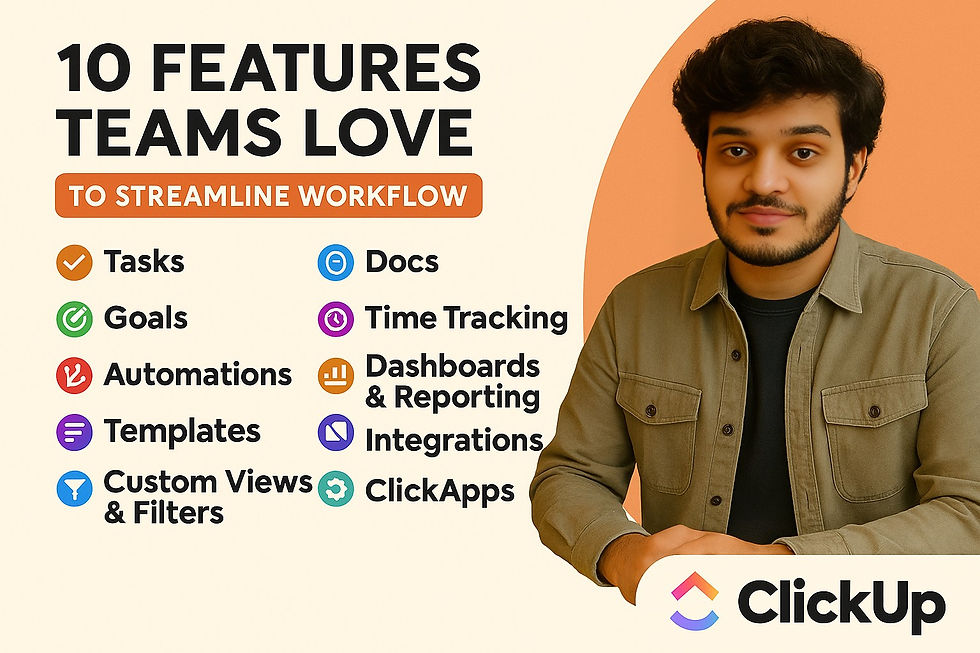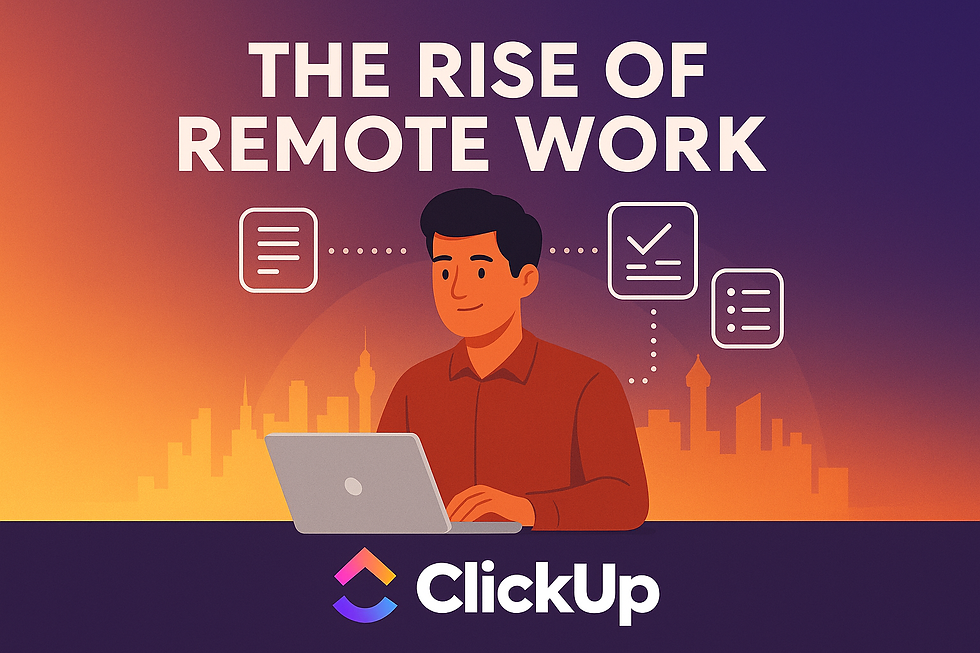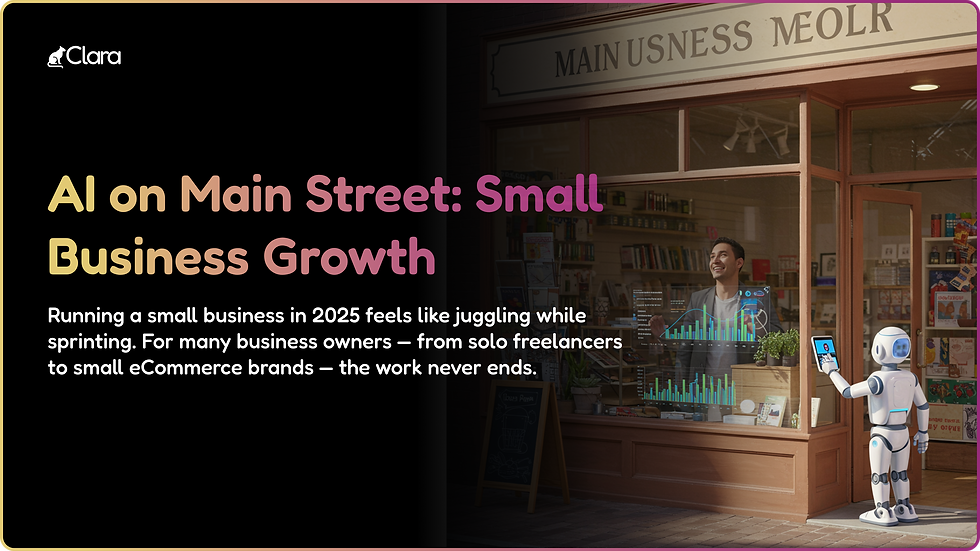- Shruti

- Aug 4
- 3 min read
Staying ahead in today’s digital economy means delivering far more than striking visuals. In 2025, Western digital products are defined by their ability to anticipate needs, foster inclusion, and build memorable, user-driven experiences.

Setting the Scene: Why UX/UI Evolution Matters
The way digital products look and feel in the USA, Europe, and Australia is evolving—quickly. User expectations have soared, driven by seamless multi-device connectivity, emerging AI, and the privatization of data. Design is no longer just about aesthetic beauty; it’s about creating empathy, convenience, and responsiveness at every touchpoint.
Adaptive Experiences: Personalization and AI at the Forefront
In 2025, personalization is at the heart of every great UI. AI-powered dashboards now seamlessly adapt layouts, content, and call-to-actions based on real user behavior and preferences. For example, music streaming platforms auto-curate playlists while fintech apps provide tailored navigation and dashboards. When users revisit, interfaces feel sharper and more relevant than ever.
Inclusive Design: Accessibility Without Compromise
Top Western brands now treat accessibility as a baseline, not a bonus. Modern digital products launch with robust voice navigation, intelligent contrast settings, scalable typography, and even AI-aided accessibility audits. The days of retrofitting accessibility features are gone. Every layer and micro-interaction is built to empower users of all needs, as shown by global e-commerce and SaaS platforms leading by example.

Enriching Engagement: The Era of Micro-Interactions
Micro-interactions—those subtle nudges, soft haptic taps, and clever animations—transform otherwise static screens into memorable journeys. In competitive markets like SaaS or e-commerce, these touches play a vital role in onboarding, error prevention, and feature discovery. Consider a checkout button that gently expands upon click or onboarding flows that use soft animations to guide next steps.
Immersion and Storytelling: 3D, AR, and Cinematic UI
As browsers and devices support heavier graphics and real-time rendering, digital brands are using 3D assets, augmented reality previews, and cinematic scroll effects to narrate experiences and push conversion. Apparel brands now integrate ‘try-on’ AR widgets, while education portals use interactive 3D for subject exploration.
Simplicity and Trust: Hyper-Minimalism for Decision Makers
Interestingly, the pursuit of depth is matched by the rise of hyper-minimalist UI—especially for SaaS, B2B, and productivity apps. These products cut visual clutter, opting for consistent icon-driven navigation, muted palettes, and generous white space. This clarity is celebrated by senior decision-makers and everyday users alike, who want functionality delivered without distraction
Real-Time Collaboration: Multi-User Experiences Everywhere
The remote work revolution means real-time collaboration isn’t just for designers and developers. Teams expect live cursors, comment layers, and history tracking across project management, writing, and even consumer apps. This movement is democratizing innovation, giving everyone a voice—wherever they are.
Voice, Gesture, and Beyond: Natural User Interfaces
Smart devices and wearables are fueling adoption of voice-powered navigation and gesture controls. Western consumers now interact hands-free—using natural language to search, instruct, and transact. Whether booking a meeting, browsing a photo album, or checking out of an AR shopping app, these interfaces are about reducing friction and inviting everyone in.
Eco-Conscious and Ethical Product Choices
Western audiences—especially Gen Z and millennials—favor brands that show their values through product design. UI choices like energy-saving dark modes, carbon footprint trackers, localization options, and crystal-clear privacy controls are now expected rather than optional. Ethical UX is a brand’s secret weapon for loyalty.
Conclusion: Actionable Insights for 2025
Western product leaders and designers are blending adaptive technology, deep inclusivity, and bold visuals to shape tomorrow’s winning digital experiences. To thrive in 2025:
Audit your interface for accessibility and ethical design.
Experiment with 3D, AR, and cinematic experiences alongside hyper-minimal layouts.
Lean into AI and personalization, but build trust transparently.
Enable real-time collaboration and natural user inputs across devices.
Show your values through every visual and interaction.
Add actual screenshots, branded visuals, or interactive elements from your own portfolio to enhance engagement and keep your visuals on-brand. This blend of editorial storytelling and contextual imaging will position your blog as credible, modern, and uniquely valuable to your Western audience.




